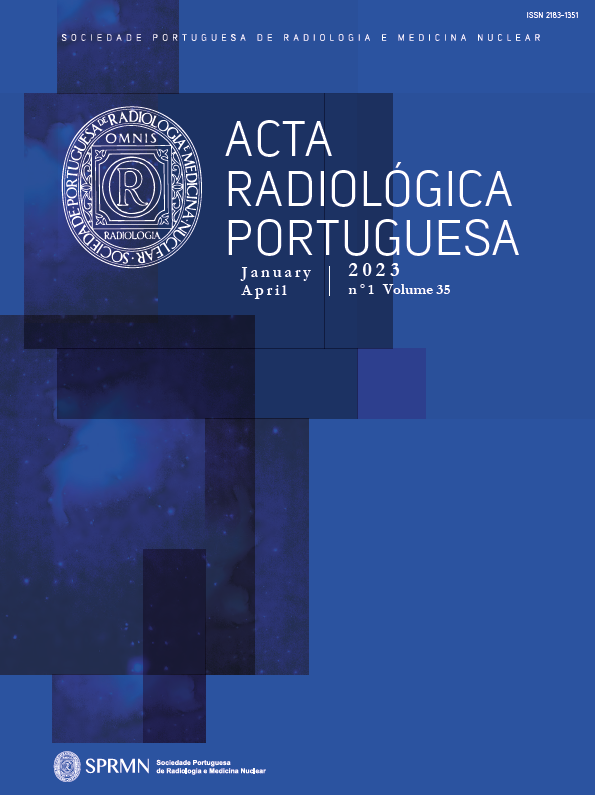Polyorchidism: a rare entity as an incidental finding
DOI:
https://doi.org/10.25748/arp.27611Abstract
Polyorchidism is a rare condition. Its diagnosis is mostly incidental and its management is still a matter of debate. Herein we report a case of triorchidism and its management.
A 6-year-old boy presented with asymptomatic left scrotal swelling. Scrotal ultrasound confirmed hydrocele and described a supernumerary testis on the left side, along with bilateral testicular microlithiasis. Intraoperative examination of the scrotal content confirmed triorchidism: two testicular masses sharing the same epididymis and vas deferens. Preservation of both units was decided and considering the free movement between them and the inherent risk of torsion, a fixation suture was accomplished. The postoperative recovery was uneventful.
According to the scarce reports on literature, since testicular drainage into a shared vas deferens was confirmed, no resection was pursued. Considering the increased risk of malignancy, an annual ultrasound follow-up was recommended.
Downloads
Published
Issue
Section
License
CC BY-NC 4.0


